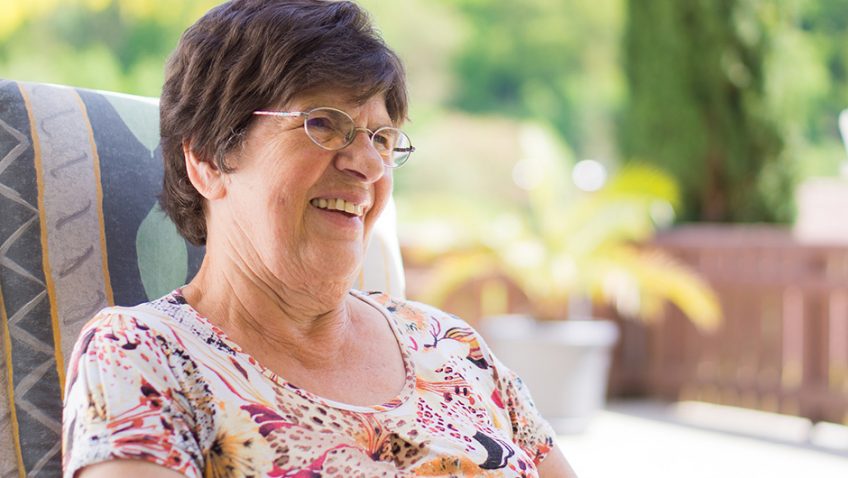Life expectancy in the UK has stopped improving for the first time since 1982, when records began, yet we are still seeing an increase in the number of people aged 90 years and over.
Recent data from the Office for National Statistics (ONS) reveals that in 2015 – 17, life expectancy at birth in the UK saw no improvement from the previous 2014 – 16 national life tables, remaining at 79.2 years for men and 82.9 years for women.
Increases in life expectancy at age 90 years have “stalled” in recent years, as have the chances of surviving from birth to age 90 years. However, figures show that we are still seeing an increase in the number of people aged 90 years and over.
Historical improvements
According to the ONS, this is because of previous improvements in mortality going back many decades, which have resulted in an increasing proportion (and number) of people reaching age 90 years over time.
The “Estimates of the very old” bulletin also revealed that the number of centenarians decreased slightly between 2016 – 17, reflecting low numbers of births during World War One, but this is expected to continue to increase again from 2019.
Furthermore, the sex ratio at older ages continues to narrow, with two women aged 90 to 94 years for every man in that age group, and fewer than five women for every male centenarian.
Life expectancy rates
In 2015 – 17, life expectancy at age 65 years and age 90 years were both unchanged for males and females in the UK. A male aged 65 in 2015 – 2017 could expect to live, on average, a further 18.6 years and a male aged 90 a further 4.0 years. A female aged 65 could expect to live on average a further 20.9 years and aged 90 a further 4.6 years.
Life expectancy at age 65 years in 2015 – 17 remained the same across all four UK countries for males and females with the exception of males in Northern Ireland where it declined by 0.1 years, the report said.
Responding to the ONS ‘National life tables’ figures, ONS statistician, Sophie Sanders, commented:
‘The slowdown in life expectancy improvements in the UK has continued, as 2015 – 17 saw the lowest improvements in life expectancy since the start of the series in 1980 – 1982.
‘Some decreases in life expectancy at birth have been seen in Scotland, Wales and Northern Ireland whilst in England life expectancy has remained unchanged from 2014 – 16. This slowing in improvements is reflected in the chances of surviving to age 90 years from birth, which has also seen virtually no improvement since 2012 – 14.’
How does the UK compare?
The data also revealed that life expectancy in the UK remained lower than in other comparable countries internationally.
While the slowdown in life expectancy improvements is also evident in a number of countries across Europe, North America and Australia, the UK has experienced one of the largest slowdowns in life expectancy at birth and at age 65 years for males and females.
The reasons behind the current trend are unclear and further investigations will no doubt follow.
But there is some speculation that government cuts to social care budgets in England have had an impact.
Commenting on the latest data from the ONS, Jon Date, Head of External Affairs at the specialist think tank the International Longevity Centre – UK (ILC-UK), said:
‘It’s very hard to predict how long people born today will live, so the idea that increasing life expectancy in the UK has stalled should be taken with a pinch of salt.
Gap widening
‘What is clear from our research is that the gap in life expectancy between the rich and poor is worsening over time. The reasons behind these disparities are complex, but it is utterly unacceptable to witness a growing health divide in 21st century Britain.’
Janet Morrison, Chief Executive of Independent Age, the older people’s charity, said:
‘The remarkable rise in the number of people aged 100 and over continues. We should celebrate the fact that there are now around 14,500 centenarians living in the UK, with advances in public health and medicine to thank for this growth.
‘However, the slowdown in life expectancy improvements in the UK is concerning, and more must be done to understand what is driving this.
’These figures starkly highlight the need for health and care services to adapt to our ageing population, and the government must ensure that these services can support people to live long, healthy, happy lives.’





